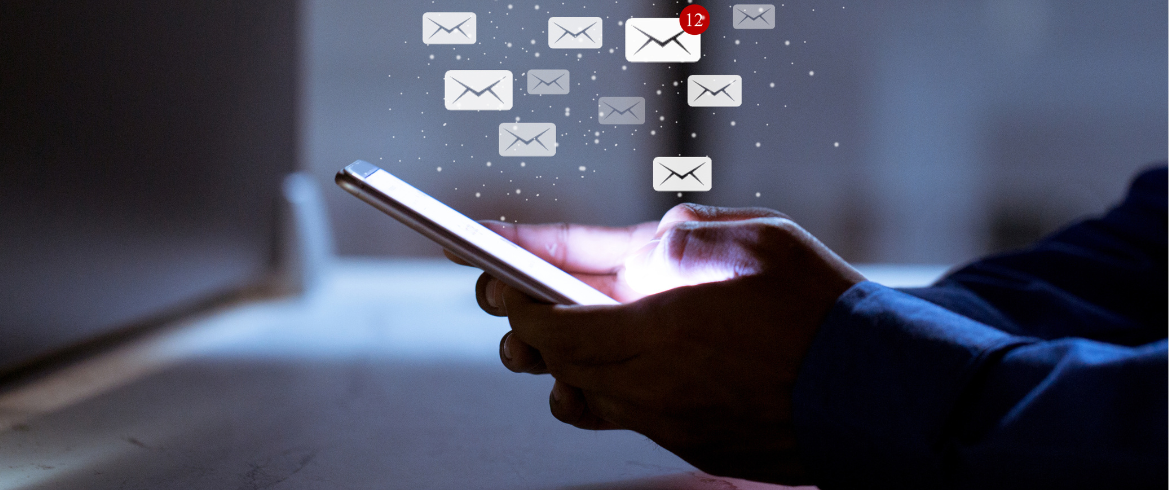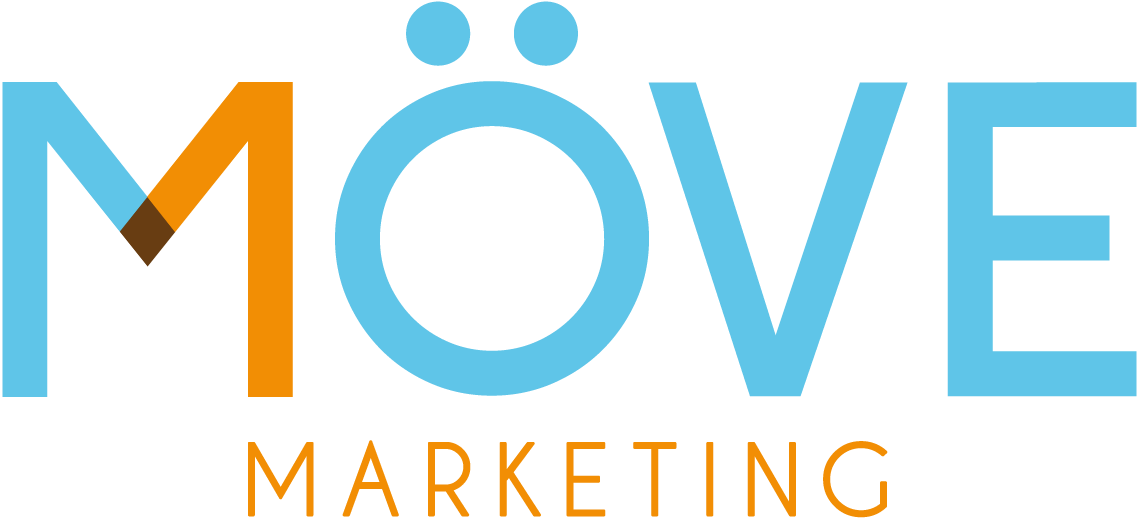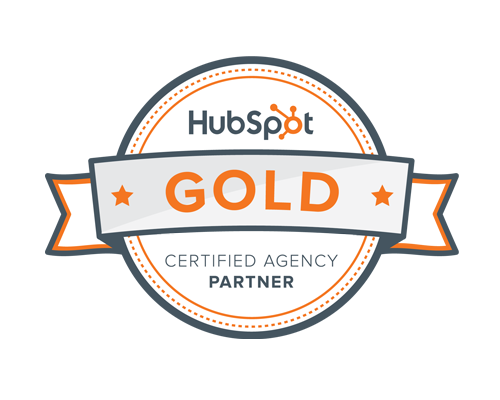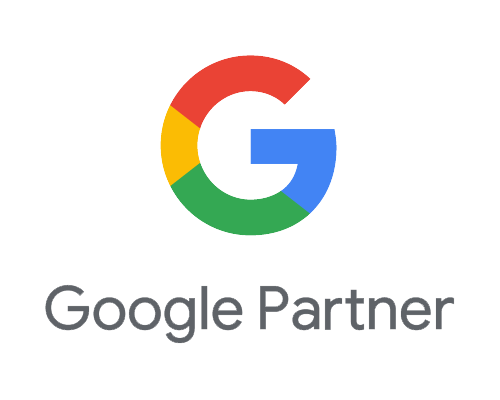
7 Basics of a High-Converting Email Marketing Strategy
An astounding 99% of email users check their inbox every day, with some diving in as frequently as 20 times.
Each of these moments presents a unique opportunity to transform a casual inbox checker into a committed brand advocate. This reality underscores the immense potential of a well-crafted, high-converting email marketing strategy. By leveraging insightful tactics and innovative tools, marketers can captivate audiences, nurture leads, and drive conversions.
Whether you're aiming to enhance engagement, boost sales, or strengthen customer relationships, understanding the nuances of email marketing is crucial. In this blog post, we'll explore seven essential strategies that can help you not only reach but resonate with your audience, turning every open into an opportunity.
1. Compelling Subject Lines
The subject line of your email is your first (and sometimes only) opportunity to capture the attention of your recipients. If the subject line doesn't catch your reader's attention, there's a high chance your content will go unseen.
Crafting the perfect subject line is all about finding that sweet spot – it's like walking a tightrope, but with words. Provide just enough information to intrigue the reader and encourage them to open the email without giving away so much that it dampens their curiosity.
Equally important is avoiding clickbait. Misleading subject lines can not only damage your credibility but also lead to your content being blocked or deleted. Keep it honest and straightforward. Think about what motivates you to open an email – it's rarely those screaming "💲GET CASH NOW!!!💲"
Our simplest tip? Avoid spelling mistakes!
2. Personalization and Segmentation
Nothing makes an email feel more tailored than seeing your own name in the subject line or the opening greeting. Personalization is more than just a tech trick; it's about creating a connection with each individual who opens your emails. This means not just using their name, but also understanding their preferences, past purchases, and even browsing habits.
Segmentation goes hand-in-hand with personalization. This strategy involves dividing your email list into more targeted groups based on specific criteria such as demographics, engagement levels, or purchase history. By doing so, you can send messages that are more relevant to each group's unique needs and interests, thereby increasing the likelihood of engagement and conversion.
Together, personalization and segmentation make your email marketing strategy feel less like a broadcast and more like a dialogue with your audience.
3. Clear and Relevant Content
On any given day, the average person receives 121 emails per day. With inboxes already bursting at the seams, the last thing you want to do is contribute to the overflow.
Sending out a barrage of emails week after week? That's a surefire way to land straight in the spam folder. Instead, focus on quality over quantity. Ensure that every email you send is not just another drop in the ocean but a valuable, relevant piece of content for your recipient.
This is why segmentation is vital for a high-converting email campaign. By tailoring your messages to specific audience segments, you can make sure that each subscriber receives content that speaks directly to their needs and interests, right when they need it most.
It’s not about just hitting send - it’s about crafting connections that resonate with your audience.
4. Strong CTA
Your email could have great content, a killer subject line, and full personalization and still fall flat if you don’t give your reader a next step.
A strong CTA is the bridge between your email marketing content and the action you want the recipient to take. Whether it's shopping for a new product, signing up for a webinar, or simply learning more from a blog article, your CTA should be clear, compelling, and easy to find.
Use action-oriented language that creates a sense of urgency or benefit. Phrases like "Shop Now," "Register Today," or "Learn More" are direct and to the point. Place your CTA buttons strategically within the email layout, ensuring they are noticeable and accessible, especially on mobile devices.
5. Mobile Optimization
Four out of ten emails are opened through mobile apps. If your email marketing isn’t optimized for mobile, you’re potentially missing out on a significant portion of your audience simply because you overlooked mobile compatibility!
To ensure your emails are seamlessly accessible on mobile devices, consider using responsive email design templates. These templates automatically adjust to the size of the device’s screen, providing a smooth experience whether your recipients are viewing your email on their smartwatch or a wide-screen monitor.
And remember, simplicity is key. Keep your email design straightforward by minimizing large images and intricate layouts that could clutter small screens and slow down loading times.
By prioritizing mobile optimization, you're not only meeting your audience where they're most engaged but also elevating their overall experience with your brand.
6. A/B Testing and Analytics
A/B testing will become your best friend.
By sending two slightly different versions of an email to a small segment of your list, you can gather data on which elements perform best, whether it's a different subject line, CTA, or even email layout.
Analytics go beyond A/B testing by providing a comprehensive view of your campaign's performance. Track metrics like open rates, click-through rates, conversion rates, and bounce rates to understand what works and what doesn’t.
Use these insights to refine your strategy and optimize your campaigns for better results over time. Whether it's tweaking subject lines, adjusting content, or fine-tuning targeting, let analytics be your guide as you craft a more impactful and successful email marketing strategy.
7. Automation
Why make things harder than they need to be? Automating your email marketing campaigns is like having a 24/7 assistant who handles the heavy lifting for you. It ensures that you maintain consistent communication with your audience without constantly needing to be hands-on.
Through automation, you can effortlessly follow up with your leads by delivering personalized and relevant content precisely when it matters most.
For example, you could automate a series of welcome emails that extend a warm greeting to new subscribers and gradually introduce them to your brand. You could also set up automated emails triggered by specific actions your audience takes such as abandoning their cart or browsing specific product categories.
Work smarter, not harder!
Final Thoughts
Remember, email marketing is not about blasting out generic messages to as many people as possible. It's about building genuine connections, providing value, and nurturing relationships with your subscribers. Every email you send is an opportunity to strengthen that bond and move your audience one step closer to becoming loyal customers and brand advocates.
Boost your email marketing effortlessly with Möve. Our team of experts is equipped with the latest best practices to elevate your campaigns instantly. Curious about the Möve difference? Let's chat and explore what we can achieve together.




